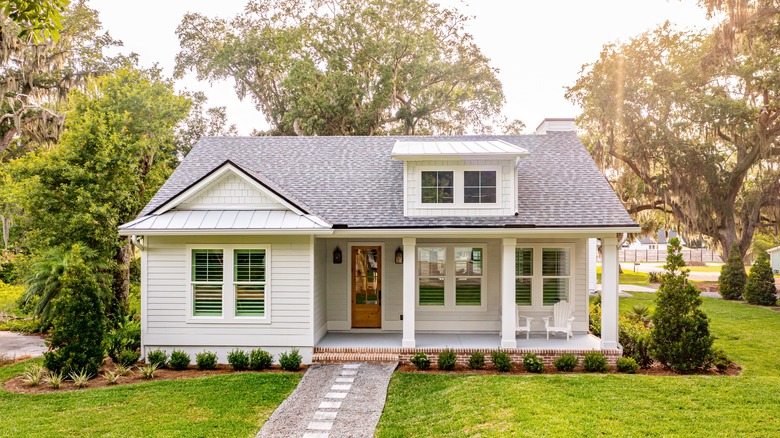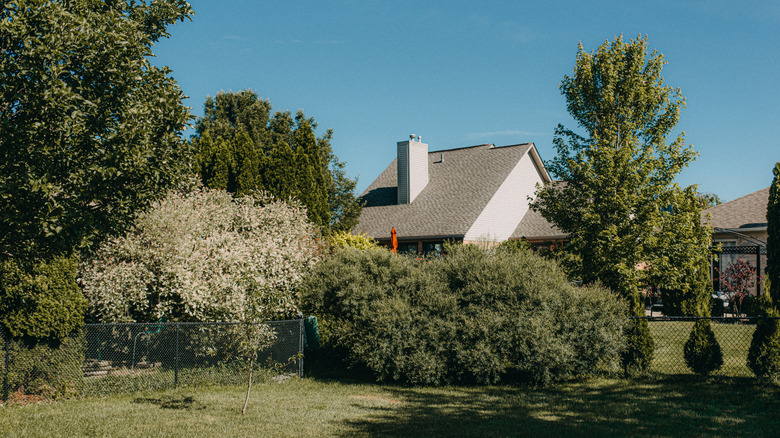Why Understory Trees Should Be The Next Addition To Your Garden
As stunning as massive, towering trees can be, they're not always the most practical option for gardens and suburban landscapes. This is especially the case if you live near overhead power lines, already have tall trees nearby, or are looking for a small tree to plant near your house. Luckily, not all trees are 80 foot tall behemoths. Understory trees, as their name suggests, are trees that in their natural forest habitats grow under taller trees. Their shorter height and often high shade tolerance can make them perfect additions to many yards and gardens.
The versatility of understory trees makes them far easier to find locations for, compared to their larger relatives. With heights that generally range from 50 feet down to just 15 feet, they can add greenery and vertical interest without completely taking over your yard. If you need something even more petite, there are also trees to consider that grow no higher than 14 feet. Picking the right trees can also create a refuge and food source for birds and other wildlife.
Deciding on an understory tree
Considering what a wide range of understory trees are available, it can be difficult to narrow your options down to just a few. This is where it is important to consider your needs and the specifics of your location. Of course you have to pick a tree that can thrive in your hardiness zone and in the lighting conditions your yard offers. But you also need to consider factors like power and sewer lines when deciding on a tree. Trees planted near power lines shouldn't grow taller than about 25 feet to prevent a safety hazard. Meanwhile, fast growing trees with aggressive roots shouldn't be planted near sewer lines. They may even need to be replaced more often to keep them from getting big enough to cause damage to pipes.
If nurturing your local wildlife is your priority, then opting for trees native to your region is the best option. Prioritize trees that act as host plants for local pollinators or that can act as protective cover for local birds. Some understory trees can even provide you with fruit, like the stunning pawpaw tree(Asimina triloba). Hardy in USDA Hardiness Zones 5 through 9, pawpaws are perfect understory trees for Ohio and other parts of the central and eastern United States where they are native. Eastern serviceberry (Amelanchier canadensis) is another great understory tree option. Not only is it native to North America and hardy in zones 3 through 8, but it also boasts stunning blooms and is a host plant for butterflies.

